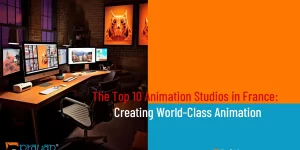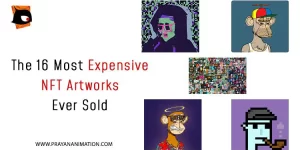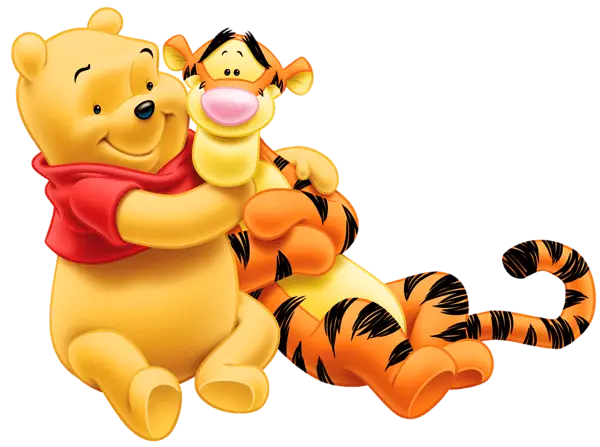The Evolution of Animation: A Look at the Most Influential Artists and Techniques

Animation, the art of bringing inanimate objects to life, has captivated audiences worldwide for over a century. What started as basic hand-drawn images has evolved into a sophisticated blend of creativity and technology, pushing the boundaries of storytelling and visual imagination. In this blog, we will take a fascinating journey through the evolution of animation, highlighting the most influential artists and techniques that have shaped the industry into what it is today.
Early Beginnings and Pioneers
The concept of moving visuals was first experimented with by inventors like Émile Reynaud and Thomas Edison in the late 19th century, and here is where animation got its start. However, it was the Lumière Brothers who truly revolutionized animation with their invention of the cinematograph in 1895, allowing for the projection of short films on a large screen. In these early days, animation was limited to simple frame-by-frame techniques. Still, visionaries like J. Stuart Blackton and Émile Cohl embraced the challenge of creating the first animated films.
The Disney Revolution
No exploration of animation’s history would be complete without mentioning the name Walt Disney. In 1928, Disney introduced the world to Mickey Mouse in “Steamboat Willie,” the first synchronized sound cartoon. This marked the birth of the animation studio that would go on to become a global entertainment powerhouse. Disney’s dedication to storytelling, character development, and innovation led to groundbreaking films like “Snow White and the Seven Dwarfs” (1937) – the first full-length animated feature film – and many more classics that followed.
The Golden Age of Hand-Drawn Animation
From the 1930s to the 1990s, hand-drawn animation ruled the roost. Studios like Disney, Warner Bros., and MGM produced an array of memorable characters and stories that captured the hearts of audiences worldwide. During this era, legendary animators like Chuck Jones, Tex Avery, and Hayao Miyazaki crafted iconic characters like Bugs Bunny, Daffy Duck, and Totoro, respectively. Hand-drawn animation flourished due to the meticulous attention to detail and the incredible artistry of these animators.

Stop-Motion Animation
While hand-drawn animation dominated the industry, another technique quietly made its mark – stop-motion animation. Pioneered by artists like Willis O’Brien (“King Kong”) and Ray Harryhausen (“Jason and the Argonauts”), stop-motion animation brought inanimate objects to life by capturing incremental movements frame by frame. This technique reached new heights of popularity with Tim Burton’s “The Nightmare Before Christmas” (1993) and Aardman Animations’ “Wallace & Gromit” series, showcasing the versatility and charm of stop-motion.
The Digital Revolution
The late 20th century witnessed a seismic shift in animation with the advent of digital technology. Pixar Animation Studios played a pivotal role in this revolution with the release of “Toy Story” in 1995 – the first-ever feature-length computer-animated film. Computer-generated imagery (CGI) opened up new avenues for animators, enabling them to create realistic characters and breathtaking worlds. Studios like DreamWorks Animation and Illumination Entertainment followed suit, further advancing CGI animation.
2D Animation and techniques
2D animation has left an indelible mark on the entertainment industry and has influenced numerous other art forms. It has inspired generations of animators, filmmakers, and artists to push the boundaries of storytelling and visual expression. In a world captivated by cutting-edge technology, the allure of 2D animation remains undiminished. With its vibrant colors, fluid movements, and distinct artistic styles, 2D animation evokes a sense of nostalgia and whimsy. It continues to be a beloved medium, reminding us of the magic that lies within hand-drawn creations.
3D Animation and Beyond
The 21st century saw a surge in 3D animation, with films like “Shrek,” “Frozen,” and “The Incredibles” captivating audiences with their stunning visuals and engaging stories. Technological advancements allowed for greater realism and attention to detail, pushing the boundaries of animation even further.
Moreover, advancements in virtual reality (VR) and augmented reality (AR) have also influenced the animation industry. VR has opened up new possibilities for immersive storytelling and interactive experiences, while AR has blurred the lines between animation and the real world, creating unique and engaging content.
Conclusion
The evolution of animation has been an extraordinary journey, marked by the ingenuity and creativity of countless artists and animators. From the hand-drawn wonders of early Disney classics to the cutting-edge CGI masterpieces of the present day, animation continues to evolve and captivate audiences worldwide. As technology advances, we can only imagine what the future holds for this dynamic and ever-changing art form. The influential artists and techniques discussed in this blog have shaped animation’s past, and the upcoming talents and innovations will undoubtedly shape its future in ways we can’t yet fathom. Let us celebrate the visionaries who brought imagination to life and look forward to the exciting possibilities that lie ahead in animation.
Image Source: Wikipedia














 We can help you.
We can help you. 




